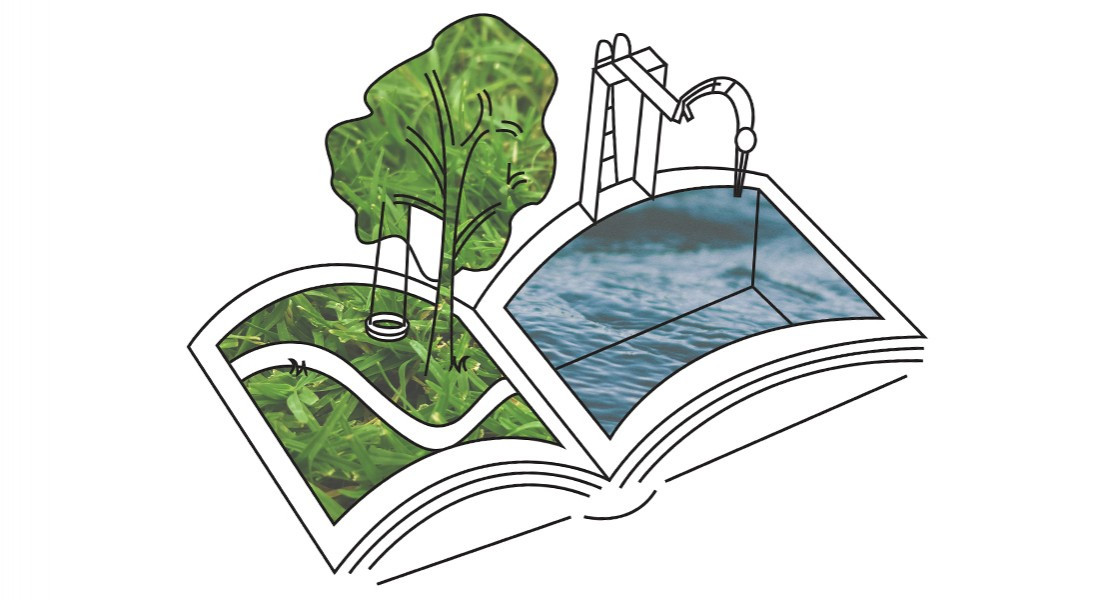Public spaces can build community, advocates say
Recently reopened Sherbrook Pool will serve as a community hub
City of Winnipeg recreational facilities have reopened in recent years after facing structural challenges. Advocates say investing in public spaces like these are worth the price tag and build community.
The Elmwood Kildonans Pool was reopened in 2015 after fire had shut it down for a year. In 2016, another fire damaged the aged facility, necessitating temporary closure. The pool was reopened again on June 29, 2016. Another indoor pool, the (now Kinsmen) Sherbrook Pool, was closed for four years due to structural concerns.
The City of Winnipeg owns 13 indoor pools.
A 2014 alternative budget report by the Manitoba office of the policy advocacy group the Canadian Centre for Policy Alternatives noted that the City financed recreational operations at a rate of $32.20 per person. This was below the per capita rate of $58.69 for comparable cities.
“City infrastructure - pools, community centres, libraries - are fundamental to the well-being of citizens in any community,” Dr. Jino Distasio, director of the Institute of Urban Studies at the University of Winnipeg, says.
“We need places to come together. We need places to share expression. We need places that are places of the heart, places we can really feel at home at.”
According to Marianne Cerilli, an organizer with Friends of Sherbrook Pool (FOSP), the Kinsmen Sherbrook Pool is such a place.
“(The pool) is like a community hub, a community place, and it’s a place where people can do fun, healthy things,” Cerilli says.
The Kinsmen Sherbrook Pool is located in the Spence neighbourhood, a community with an average income that was $18 532 lower than the Winnipeg average in 2011. Walking is the primary mode of transportation for 22.9 per cent of Spence residents, which is above the Winnipeg average.
“Sherbrook Pool, in particular to its neighbourhood, is part of the fabric that goes back decades and decades,” Distasio says.
Distasio says great neighbourhoods have public spaces people can gather at. While challenging in dense, urban areas, he noted the example of Osborne Village. The area has various informal plazas, sidewalk cafes and collector areas that serve the function of public spaces.
This, Distasio suggests, creates an energy and sense of community one would not find in a suburban cul-de-sac.
Cerilli says that not only does the Kinsmen Sherbrook Pool provide a place for community members to gather, but it can also help with community economic development.
Fundraising is done by FOSP to offer higher-level swimming programs.
“Youth who live in the neighbourhood and might not otherwise get jobs with the city, (and) they will have a chance to work in wading pools and become lifeguards at facilities,” Cerilli says.
Distasio adds that while you cannot measure the value provided by public spaces like pools, community centres and libraries in dollars, they are very important.
“We owe it to ourselves to maintain a Sherbrook Pool. We know that it comes at a cost. But ... the loss of something like that is far worse than the cost of maintaining it.”
Published in Volume 71, Number 22 of The Uniter (March 2, 2017)








